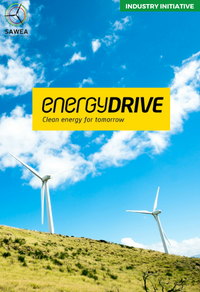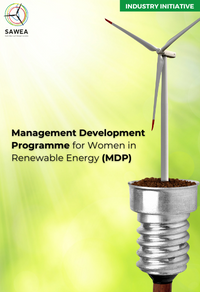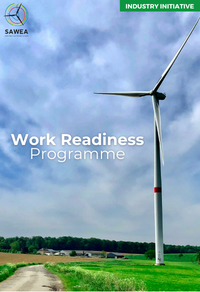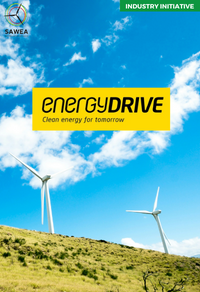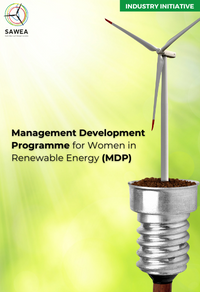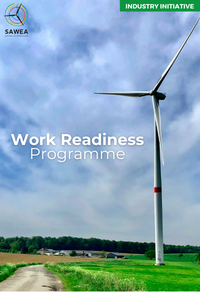Connecting To a Constrained Grid
As the renewable energy industry gears up for next month’s wind energy conference in Cape Town, Dr Clinton Carter-Brown, Head of Technical at ENERTRAG South Africa, emphasises that South Africa stands at a pivotal moment in its energy journey. To fast-track progress and achieve the country’s renewable energy and energy security goals, a fresh, comprehensive approach to tackling the national grid's challenges is essential.
Carter-Brown highlights the need to execute the National Transmission Company South Africa (NTCSA) Transmission Development Plan (TDP) as sees the need to add 1,400 kilometres of transmission lines each year for the next decade. This transmission development is essential for the connection of new power generation and to provide energy security and the decarbonisation of the South African power system. He advocates for a more dynamic approach that includes greater private sector involvement to manage risks and implement innovative financing mechanisms in expanding and strengthening the electrical grid. Carter-Brown’s vision extends to bolstering key transmission corridors, developing local grids at the sub-transmission level, fostering collaboration among developers, optimising the grid, and integrating combined power plants to create a more resilient and efficient energy system.
“We need to develop local collector grids that integrate power from multiple projects and, when combined with energy storage systems, provide dispatchable green energy. Leveraging private capital in grid development will strengthen power corridors and create local grids that evolve into combined power plants. These plants can also include new loads and support deeper decarbonisation through green hydrogen production,” said Carter-Brown.
The transition from individually connected renewable facilities to combined power plants will enhance the integration of various generation sources, energy storage, and new technologies, optimising grid use and offering additional services
“Developers in South Africa need to collaborate on shared grid infrastructure, moving beyond traditional competition to collectively finance and build these systems equitably. Optimising current and future grids to maximise new generation connections through smart market mechanisms is essential.
Advantages of the Combined Power Plant Model:
• Hybridisation Effects: Interconnected generators reduce grid capacity needs by basing grid connection capacity on combined and diversified requirements rather than individual plants.
• Reduced Complexity: Fewer connection points simplify grid management, lower costs, and streamline ancillary services.
• Incorporation of Additional Technologies: Energy storage and other technologies can mimic traditional thermal power plant performance, such as on-demand dispatchability.
• Shared Grid Assets: Projects share infrastructure, leading to more effective collective action.
Learnings from ENERTRAG’s international experience where the company has integrated 646MW wind, solar, biomas, battery storage and hydrogen production systems, and those of third parties into a collector grid connecting directly to the main transmission system will be drawn on and discussed at the upcoming event.

